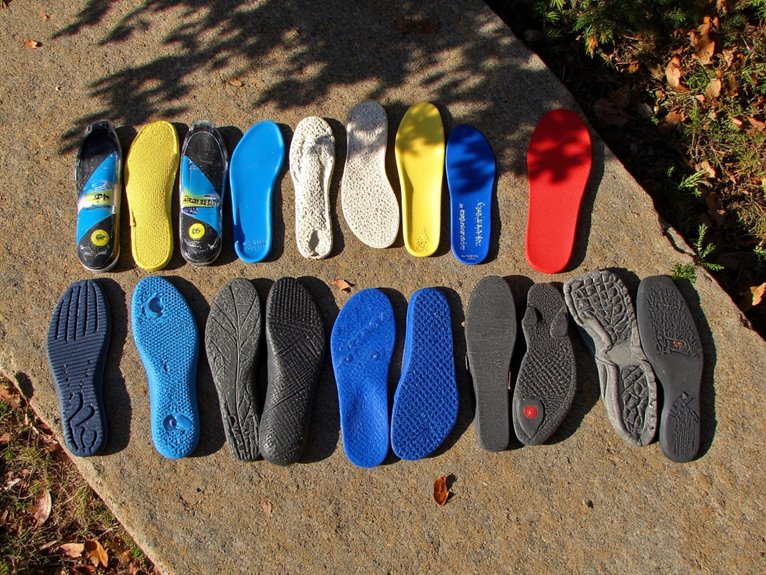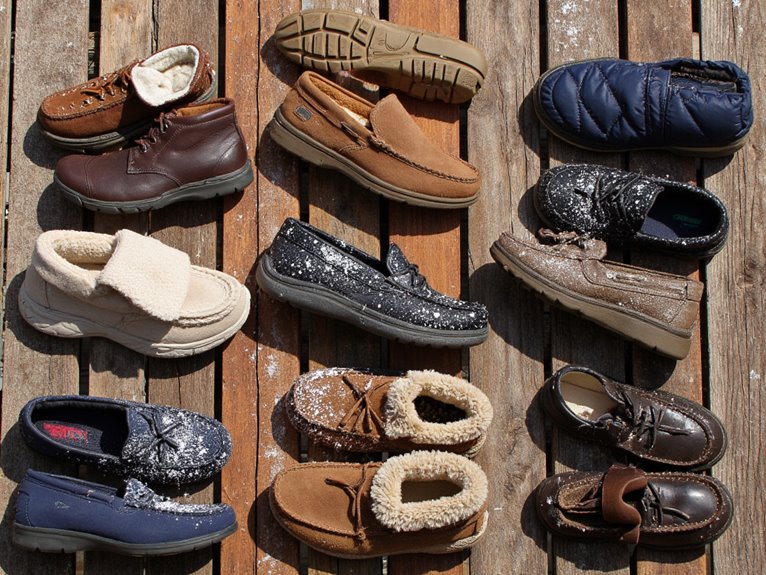How Big Should a Survival Pack Be?
The ideal size of a survival pack is determined by a delicate balance of factors, including the emergency scenario, number of people to support, terrain and environmental conditions, and personal comfort and endurance considerations. A pack that is too small may leave you without essential gear, while one that is too large can be cumbersome and weigh you down. By understanding your specific needs and priorities, you can strike the perfect balance and create a pack that is tailored to your unique survival situation. As you refine your approach, you'll find that the right size pack is just the starting point for a thorough survival strategy.
We are supported by our audience. When you purchase through links on our site, we may earn an affiliate commission, at no extra cost for you. Learn more. Last update on 18th December 2025 / Images from Amazon Product Advertising API.
Emergency Scenario Considerations
When assembling a survival pack, it's essential to think about the specific emergency scenario you're preparing for, as the type and severity of the situation will greatly impact the size and contents of your pack.
For instance, a 72-hour kit for a natural disaster like a hurricane or earthquake will require different items than a wilderness survival pack.
Consider the climate, terrain, and potential hazards you may face. Will you need warm clothing and shelter for cold weather, or sun protection and hydration for hot environments?
Think about the duration of the emergency and the resources you'll need to sustain yourself.
Number of People to Support
The number of people a survival pack needs to support is a critical factor in determining its size, as a pack for one person will be substantially smaller than one designed to sustain a family of four.
When planning a survival pack, it's essential to think about the number of individuals who will rely on it. This will help you determine the quantity of food, water, and medical supplies needed.
A pack for a single person can focus on minimal, lightweight essentials, whereas a family pack should prioritize bulkier, more thorough provisions.
Accurately evaluating the number of people to support guarantees your survival pack is adequately stocked to meet their needs in an emergency situation.
Terrain and Environmental Factors
Traversing diverse terrain and environmental conditions demands a survival pack tailored to the specific challenges of the region, taking into account factors such as climate, altitude, and vegetation.
Desert environments, for instance, require more water storage and sun protection, while alpine regions necessitate warm clothing and avalanche safety gear.
In dense forests, a smaller pack with emphasis on shelter and warmth may be sufficient.
Coastal areas may require saltwater purification tablets and marine-specific gear.
Understanding the terrain and environmental factors of your intended survival zone enables you to curate a pack that addresses the unique challenges you may face.
Essential Gear and Equipment
When assembling a survival pack, essential gear and equipment that address fundamental human needs must take precedence.
Shelter and protection, personal hygiene, and first aid are vital components that can greatly impact survival outcomes.
Shelter and Protection Needs
In a survival situation, having adequate shelter and protection is crucial, and three essential items – a lightweight tent, a warm sleeping bag, and a space blanket – can mean the difference between life and death.
A lightweight tent provides a waterproof and windproof shelter, while a warm sleeping bag guarantees a good night's sleep.
A space blanket, being compact and lightweight, can be used as an emergency blanket or as a signaling device.
These three items are must-haves in a survival pack, as they provide the necessary protection from the elements.
Personal Hygiene Essentials
After ensuring adequate shelter and protection, attention can shift to maintaining personal health and hygiene, as a clean body and clean clothes can greatly boost morale and overall well-being in a survival situation.
A survival pack should include personal hygiene essentials such as biodegradable soap, toilet paper, hand sanitizer, and feminine hygiene products.
A small towel, washcloth, and baby wipes can also be included for personal cleaning.
Additionally, a small supply of laundry detergent or travel wash can be packed to maintain cleanliness of clothing.
These items can help maintain a sense of dignity and comfort, which is vital for mental and emotional well-being in a survival scenario, and essential for coping with the physical and emotional demands of the situation.
First Aid Kit Contents
A thorough first aid kit is a critical component of a survival pack, as the ability to treat injuries and illnesses promptly can substantially impact the outcome of a survival situation.
A well-stocked first aid kit should include essential items such as bandages, gauze pads, antiseptic wipes, and pain relievers.
Additionally, consider including supplies for blisters and burns, such as moleskin and burn cream.
It's also important to include any personal medications and equipment, such as EpiPens or inhalers.
Don't forget to include a first aid manual or guide to confirm you're properly treating injuries and illnesses.
A thorough first aid kit can help you respond to medical emergencies and increase your chances of survival in a crisis situation.
Weight and Space Constraints
Optimizing the survival pack's weight and space allocation is crucial, as every ounce and cubic inch counts when venturing into the wilderness.
A well-designed pack should balance essential items with portability and convenience.
Some key considerations for weight and space constraints:
Pack multi-tool items: Choose items that serve multiple purposes to reduce weight and space.
Select compact versions: Opt for smaller, lighter alternatives to full-size items.
Pack clothes that multitask: Bring clothing that can serve multiple purposes, such as a jacket that's both warm and waterproof.
Use space-saving packing methods: Roll clothing and use packing cubes to maximize space.
Prioritize must-haves: Focus on essential items and eliminate non-essential items to save weight and space.
Personal Comfort and Endurance
When assembling a survival pack, it's essential to think about the limits of personal comfort and endurance, as they can greatly impact an individual's ability to survive in challenging environments.
Factors such as physical health limits, basic needs priority, and mental toughness all play a vital role in determining one's capacity to withstand adversity.
Physical Health Limits
Each individual's physical health limits, including personal comfort and endurance, play a critical role in determining the ideal survival pack size, as they directly impact the ability to carry and maneuver with the pack over extended periods.
When evaluating physical health limits, it's essential to assess the following factors:
- Age and overall physical fitness level
- Body composition and weight distribution
- Medical conditions or disabilities that may impact mobility or endurance
- Previous injuries or chronic pain that may affect carrying ability
- General physical stamina and ability to withstand physical demands
Basic Needs Priority
Three essential aspects of personal comfort and endurance – hydration, nutrition, and rest – must be prioritized when determining the ideal survival pack size, as they profoundly influence an individual's ability to function effectively in a survival situation.
These basic needs must be met to maintain energy levels, cognitive function, and overall physical well-being.
A well-stocked survival pack should include sufficient water, non-perishable food, and a means of preparing meals.
Additionally, a shelter or sleeping bag should be included to provide adequate rest.
By prioritizing these fundamental needs, individuals can conserve energy, reduce stress, and increase their chances of survival.
Mental Toughness Factors
Beyond the fundamental necessities of survival, mental toughness factors, such as personal comfort and endurance, play a critical role in determining an individual's ability to cope with the physical and emotional demands of a survival situation.
A well-prepared survival pack should bolster these factors to support the individual's mental resilience.
Some key considerations include:
Clothing and footwear that provide comfort and protection
Personal hygiene items to maintain dignity and morale
A first aid kit that addresses emotional and psychological trauma
A means of communication to stay connected with the outside world
A personal entertainment item, such as a book or deck of cards, to maintain mental stimulation
Customization and Adaptability Needs
Flexibility in survival pack size is essential to accommodate varying environmental conditions, mission durations, and individual needs, underscoring the importance of adaptable customization.
A one-size-fits-all approach is impractical, as it may result in an overloaded pack for short trips or an inadequate supply of essentials for extended missions.
Customization enables users to tailor their packs to specific requirements, ensuring they carry only what is necessary.
This adaptability is vital for peak performance and survival.


